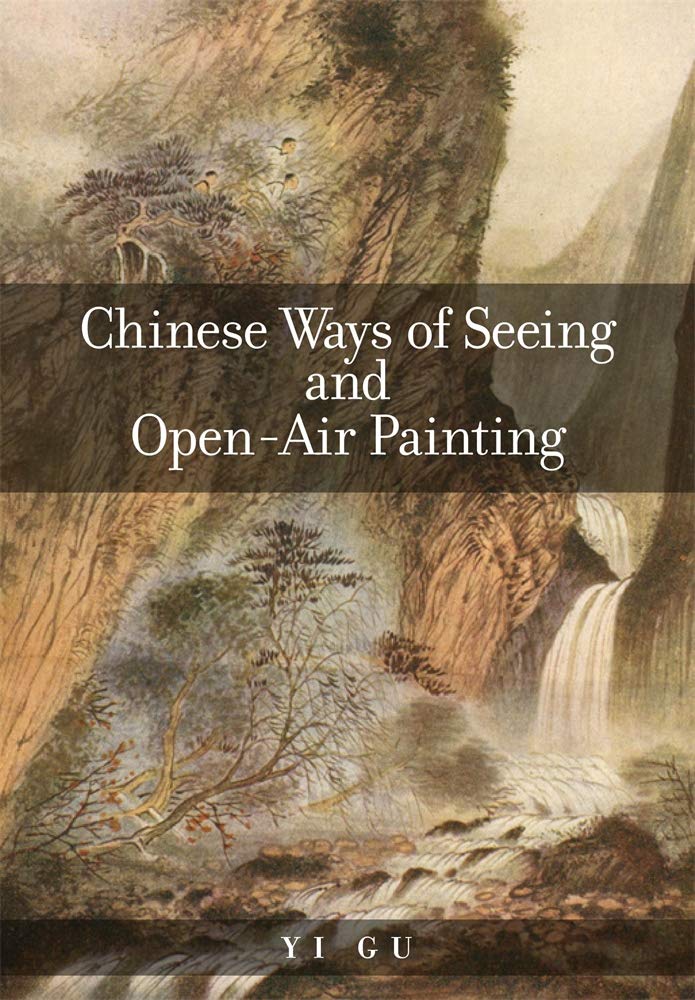

Most ebook files are in PDF format, so you can easily read them using various software such as Foxit Reader or directly on the Google Chrome browser.
Some ebook files are released by publishers in other formats such as .awz, .mobi, .epub, .fb2, etc. You may need to install specific software to read these formats on mobile/PC, such as Calibre.
Please read the tutorial at this link: https://ebookbell.com/faq
We offer FREE conversion to the popular formats you request; however, this may take some time. Therefore, right after payment, please email us, and we will try to provide the service as quickly as possible.
For some exceptional file formats or broken links (if any), please refrain from opening any disputes. Instead, email us first, and we will try to assist within a maximum of 6 hours.
EbookBell Team

0.0
0 reviewsHow did modern Chinese painters see landscape? Did they depict
nature in the same way as premodern Chinese painters? What does the
artistic perception of modern Chinese painters reveal about the
relationship between artists and the nation-state? Could an
understanding of modern Chinese landscape painting tell us something
previously unknown about art, political change, and the epistemological
and sensory regime of twentieth-century China?
Yi Gu tackles
these questions by focusing on the rise of open-air painting in modern
China. Chinese artists almost never painted outdoors until the late
1910s, when the New Culture Movement prompted them to embrace direct
observation, linear perspective, and a conception of vision based on
Cartesian optics. The new landscape practice brought with it
unprecedented emphasis on perception and redefined artistic expertise.
Central to the pursuit of open-air painting from the late 1910s right
through to the early 1960s was a reinvigorated and ever-growing urgency
to see suitably as a Chinese and to see the Chinese homeland correctly.
Examining this long-overlooked ocular turn, Gu not only provides an
innovative perspective from which to reflect on complicated interactions
of the global and local in China, but also calls for rethinking the
nature of visual modernity there.